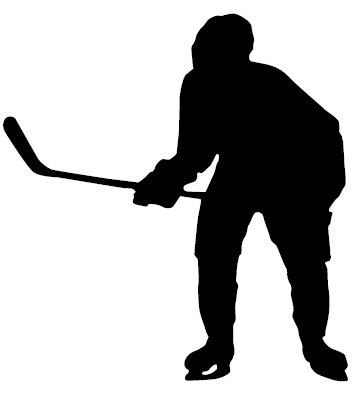mi*nor pen*al*ty
What Is The Definition Of Minor Penalty In Ice Hockey?
1. A minor penalty is a penalty in ice hockey in which a player, excluding the goalie, commits a severe infraction and must serve two minutes of penalty time. The team must play short-handed during this time.
How Does A Player Receive A Minor Penalty In Ice Hockey?
Minor penalties, which are the most common type of penalty in ice hockey, are given for offenses like:
- Slashing
- Tripping
- Holding
- Roughing
- Cross-checking
- Interference
There are also two common variations on the typical minor penalty:
- Double minor penalty: A double minor penalty is given when a player receives more than one penalty on a play and serves four minutes of penalty box time. High sticking and drawing blood is a common double minor penalty.
- Bench minor penalty: A bench minor penalty is given when the players on the bench or coaching personnel show unsportsmanlike behavior, abuse officials, delay the game, or have too many men on the ice in ice hockey. Coaches can choose who serves the penalty time for a bench minor penalty.
Example Of How Minor Penalty Is Used In Commentary
1. The National Hockey League has cracked down on cross-checking calls after a record of 261 in the 2020 season. Enforcement of this common minor penalty should promote team offense and reduce injury.
Sport The Term Is Used
1. Ice Hockey